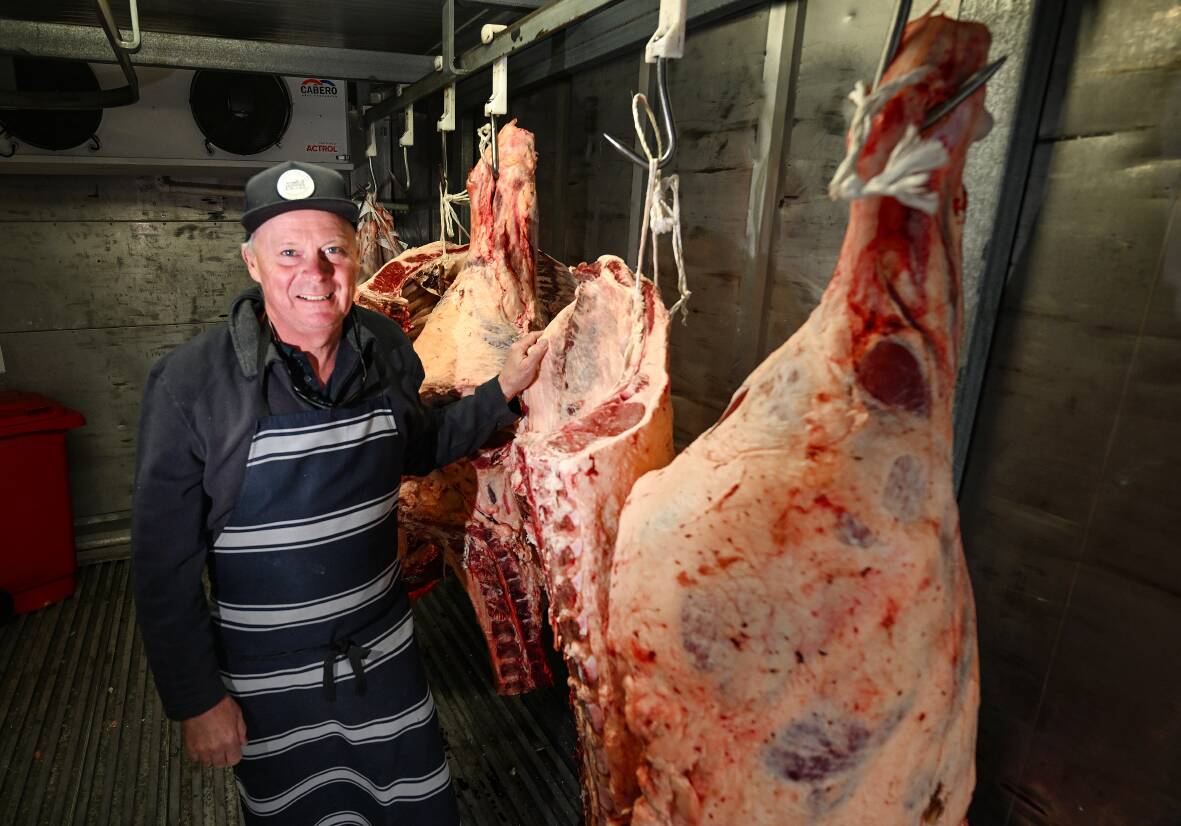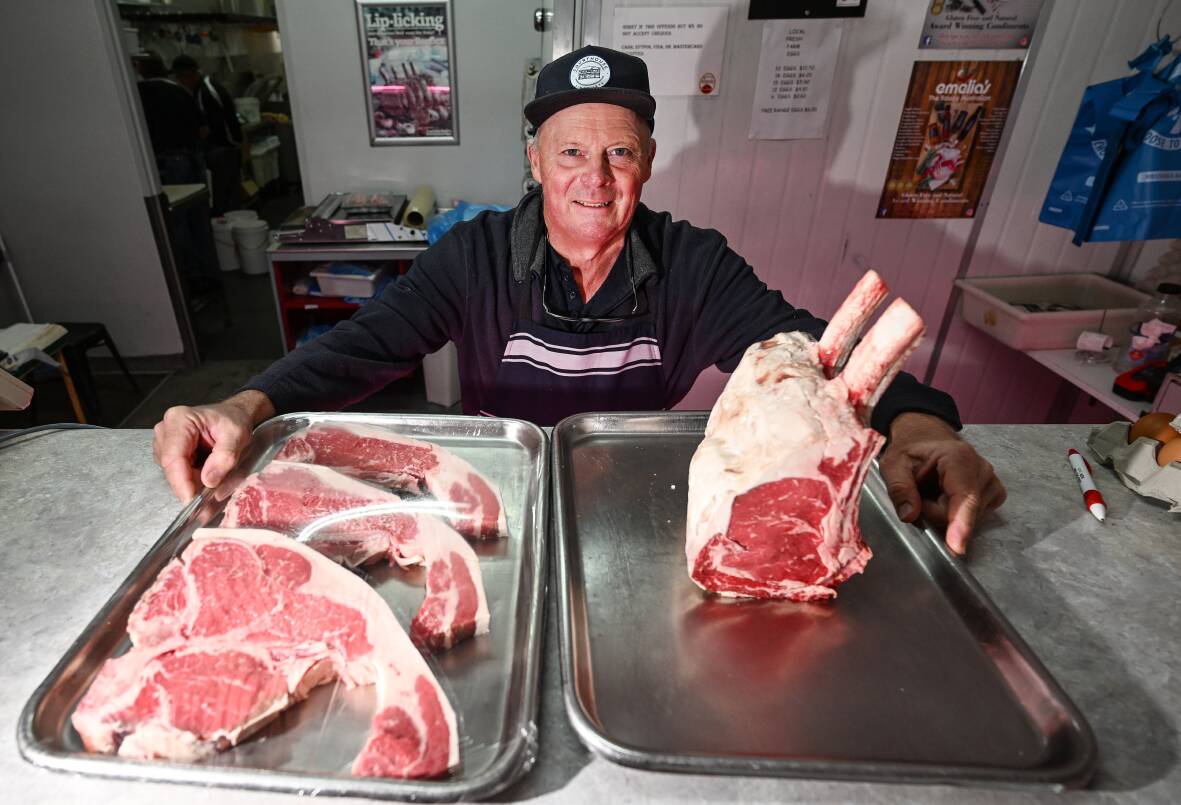
Consumers may have heard news of the return of El Nino bringing dryer conditions to Australia, a growing national cattle herd, and increasing numbers of stock headed for the saleyards, all of which you might think hints at lower meat prices.
However, the situation is not quite as simple as it seems.
In early June the Bureau of Meteorology (BoM) forecast a return to drier winter conditions as El Nino replaces the wetter La Nina weather pattern, then in mid-June Meat and Livestock Australia (MLA) reported the national cattle herd continues to grow and is predicted to reach 28.7 million head this year - it's highest level in a decade according to the latest MLA Cattle Industry Projections.
Cattle prices in the past three years have been higher, influenced by herd rebuilding following years of drought, however, MLA market information analyst Jenny Lim said prices for the first six months of 2023 had generally been back on last year's levels as the rebuilding phase comes to an end.
MLA expects to see continued improvements in the supply of cattle and beef to market as slaughter rates increase for the remainder of 2023.
Miss Lim said producers were watching and waiting to see what the weather does - some will maintain their levels and while others will look to reduce numbers.
"Cattle and sheep yardings increased in May as producers started to offload older stock now they have better breeding stock numbers in place," she said.
Butcher Paul Avery owns Ford's Butchery. He said retail beef prices had 'plateaued' recently influenced by a drop in cattle prices at the yards, and noted there were "good buys" in some cuts, such as rumps and scotch fillet as a result.
"In the past 6 months we have seen whole scotch fillets go from $45 a kilogram to $30 a kilogram in the past month, while grain fed whole rumps have gone from about $22 a kilogram to about $16 a kilogram," he said.
Mr Avery said, however, there were other factors influencing retail meat prices, such as meat export activity.
"Our business fluctuates up and down depending on what exporters are doing - what exporters can't sell will be dumped into the domestic market and that becomes a bargain for the punters," he said.
"Cattle prices in the yards don't necessarily have the impact on retail meat prices many consumers think they do - our prices are also significantly influenced by the cost of electricity, gas and wages, all of which are going up."
With seven staff, Mr Avery said his business' biggest cost would be wages.

Tough climatic conditions generally results in poorer quality stock heading to the yards and that can also bring stock prices down.
"Just because cattle sell cheaply in the yards doesn't mean butchers are going to drop their prices, likewise, when prices double in the yards, retail meat prices can't make the same jump as consumers won't buy the product," he said.
Noting MLA's forecast for Australia's national cattle herd to hit 28.7 million head this year, Mr Avery said this could be one of the biggest factors influencing beef prices in months to come.
"The larger the size of Australia's cattle herd the better it should be for the consumer - it all comes back to supply and demand," Mr Avery said.
Kays wholesale meats branch manager Jason Dominick said there had been little change in meat prices in recent months, other than perhaps "50 cents a kilo here and there".
WHAT DO YOU THINK? Join the discussion in the comment section below.
Find out how to register or become a subscriber here.







